The first time I checked out the Xiaomi Mi 8 was back in June of this year. It seemed to offer incredible value, with true flagship specifications at a price half that of competitors. At that point, the Mi 8 seemed like a viable alternative to many of the giants in the industry.
Now, I’ve had the opportunity to use the Mi 8 for about 18 days, and I have some thoughts on the design and software that make up the soul of this device.
The Xiaomi Mi 8 used in this review was provided to Android Authority by Xiaomi.

Design
The Xiaomi Mi 8 looks like an iPhone X, there’s no way around it. From the positioning of the dual cameras to the size of the notch and even the speaker grills, it’s hard to tell the two apart side by side. Multiple phones have been accused of copying Apple over the years, but the Mi 8 is probably the closest resemblance we’ve seen so far. Even the software looks similar, though that’s par for the course on Chinese Android skins.


The body of the Mi 8 is made of Gorilla Glass 5, which is shatter-resistant but doesn’t handle scratches very well. I like to review phones without a case to see how they hold up on their own, and the Mi 8 received a number of small hairline scratches and one fairly deep scar on the back during my time with it.
The deep scar on the rear happened early in my time with the device. This initially made me think this phone would be completely scarred up by the time I was done reviewing it, but it has only received small scratches and scuffs since the initial incident. Still, you should use a case on this phone if you end up picking it up. The glass feels softer than many other glass phones I’ve used – something evident in the large number of small hairline scratches I’ve gotten on the device.
All the phone’s buttons are on its right side. The power button sits slightly above the center of the frame, with the volume buttons sitting right above it. The SIM tray is on the upper left side of the device. On the bottom you’ll find a USB Type-C port and two speaker grills.
On the front, you’ll find a fairly large notch with a front-facing camera and a chin at the bottom. The back of the device houses a dual-camera setup and a fingerprint reader near the center.
Overall this isn’t a particularly exciting design, but I think that’s the point of this phone (I’ll explain why in a bit).

Display
The screen is fairly large at 6.21-inches, and sports a resolution of 1080 x 2248 with a 402ppi. It’s nothing really special. It seems Xiaomi made clever use of the HDR display to get around highly lit areas. Instead of bumping up the screen brightness, the phone simply enables the HDR mode to brighten dark areas on the screen. Xiaomi calls this the “Sunlight Display,” and it is supposed to keep the colors more accurate in sunlight and save battery life. If what you’re doing doesn’t require punchy colors, this is a nice way to keep your phone running a bit longer.
This screen is also a bit colder in color temperature compared to a lot of other phones right now. I compared this screen directly to a Samsung Galaxy S8 since they both have Super AMOLED displays produced by Samsung, and the Mi 8 had a noticeably more blue color temperature in comparison. Xiaomi tunes its displays personally to a temperature it thinks will satisfy the widest audience. I personally enjoy it, but those more used to the punchy warm tones may be turned off.
Overall you probably won’t be amazed or disappointed with this display. It’s nothing special, but it’s not bad either.

Performance
As you would expect from a phone with flagship hardware, the Xiaomi Mi 8 performed admirably throughout my testing. I never saw any major lockups, and as someone who has a problem with tab management, the device handled my 100+ Chrome tabs just fine.
It’s a bit hard to talk about performance when most high-end phones perform virtually the same. That’s why benchmarks are still fairly useful metrics for comparing devices.
We ran the Mi through Geekbench 4, AnTuTu, and 3DMark to see how it compares to the competition. You can see the results below.



Geekbench 4 gave the Xiaomi Mi 8 a single-core score of 2,403. In comparison, the OnePlus 6 scored 2,454, while the Galaxy S9 scored 2,144. The Mi 8 achieved a multi-core score of 8,545, while the OnePlus 6 scored 8,967, and the Galaxy S9 scored 8,116.


AnTuTu gave the Mi 8 a score of 264,255, compared to the OnePlus 6’s 262,614 and the S9’s 266,559.
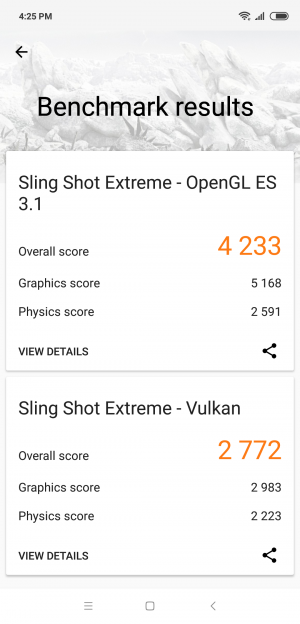
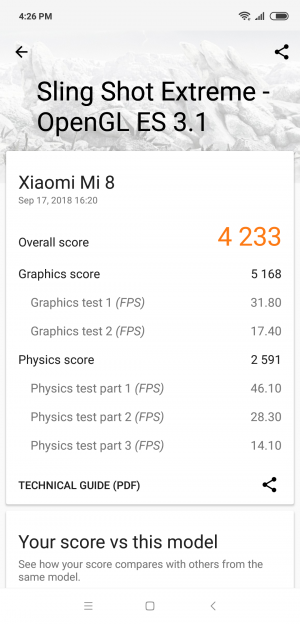

Finally, the Mi 8 scored 4,233 in 3D Mark, while the OnePlus 6 and Galaxy S9 scored 4,680 and 4,672 respectively.

Hardware
It seems nearly every phone in 2018 has a Qualcomm Snapdragon 845, and the Mi 8 is no exception. Coupled with 6 or 8GB of RAM this phone keeps up with the latest on the market, with a storage capacity up to 256GB to boot.
The Mi 8’s battery is definitively average. In my testing, I got some pretty mixed results, between four hours and six hours of screen-on time depending on the particular day, and generally getting better as my testing went on. I took eight samples over my review period with the device and landed at an average screen on time of 5 hours and 35 minutes with five percent left in each sample. This leaves the Mi 8 with about the same battery life as the OnePlus 6, which has a slightly smaller 3,300mAh battery. While it can’t compete with devices like the Samsung Galaxy Note 9 and its 4,000mAh battery, it lasts you a day just fine.
Read more: Xiaomi Mi A2 review: An ‘A’ for effort, but still not perfect
There is no headphone jack in this phone, which has become the standard for most phones these days. However, the Mi 8 uses Bluetooth 5.o, if you have a pair of headphones that can actually support it. There is no IP rating or water resistance on the Mi 8.

Camera
To my surprise, the camera on this device is very good. It’s not punchy and super saturated like cameras from Samsung and a few others, but I was pleased with the Mi 8’s sharpness and dynamic range. I took an enormous variety of photos over the 18 days using the device, and it performed well in nearly every situation. The portrait mode using the back cameras still leaves a lot to be desired, but the front-facing portrait mode added in MIUI 10.0 actually performs fairly well.




There is also a front-facing IR blaster inside the notch that allows for infrared face-unlocking, but sadly this is omitted from the global version. We’ve only really seen this in the iPhone X and Oppo Find X so far, so this is a nice addition to the device.
The Mi 8 produces excellent sharpness and dynamic range in nearly every situation
I’ve selected a few photos from my time with the device to display here at a compressed resolution to help increase this page’s load time. I have over 50 photos in full resolution here.

As you can see in the examples above, sharpness and dynamic range are excellent. The camera reminds me a lot of the shooter on the iPhone X, which doesn’t have an extreme amount of contrast, but instead focuses on tonality.
The camera does tend to overexpose images just a bit, but I solved this by dropping the exposure manually. If you spray and pray your photos may be a tad too bright, but if you can take a second to adjust it the results are great.

Software
Xiaomi is a company founded on software. MIUI was originally a ROM of Android made to compete with the wildly popular CyanogenMod back in the day. Even now, Xiaomi updates its software weekly for those in the beta channel, and every two weeks for regular users. It adds new features based almost directly on what the community wants, and Xiaomi employees are required to spend a portion of their week reading and responding to forum posts and requests.
This take on software is completely different to almost any company — the closest example I can find is Essential’s monthly Reddit AMAs. It’s clear Xiaomi is very serious about improving MIUI, and I give it a lot of credit for listening so closely to its community.
MIUI overall feels very simple — so simple, there isn’t even an app drawer. I’m personally not a fan of this decision, but Xiaomi is most popular in its home country of China, where most phones lack the app drawer in an attempt to copy the iPhone.



Xiaomi’s most recent MIUI 10 update is still based on Android 8.1 Oreo, but it tries to emulate the feeling of Android 9.0 Pie by adding a number of rounded elements throughout the UI. Notifications are now rounded off to match the new Google Material Design 2.0 update, and you can access Google search with a simple swipe up anywhere on the display.
If you swipe to the left, you’ll be taken to an overview of quick apps and information called “Xiaomi Guide.” This looks incredibly similar to the widgets section of iOS, but Google does something similar in Pixel Launcher. From here you can clear your cache, add calendar events, create notes, and see stock prices at a glance. These widgets are integrated with a variety of Xiaomi apps pre-loaded on the device, and I actually found most of them to be pretty useful. There’s even an app for the Xiaomi forum built right into the device.
Apps Xiaomi does not make default to Google Apps, which is nice because you won’t have to spend a ton of time downloading Google Apps from the Play Store. I’ve always been particularly annoyed at Samsung for creating an arguably worse version of every single Google app, and it’s nice Xiaomi recognizes the value of using Google apps by default.
In the MIUI 10.0 update, Xiaomi added support for full-screen gestures. This doesn’t emulate the Android 9.0 gestures, which is fine with me. You can swipe up from the bottom to go home, swipe up and hold to go to recent apps, or swipe in from the left or right sides to go back. This is a better implementation than Google’s in my opinion, and it’s nice Xiaomi offers the full-screen mode.

The chassis is a blank slate
You may have noticed that this review seemed a bit dry, and I would agree with you.
In my eyes, the Xiaomi Mi 8 is a platform to highlight its software. The company has been trying to best Apple in price and performance for years now, and it’s clear this design is its best attempt yet at producing the “every man’s iPhone.” Heck, the word Xiaomi literally means “Millet,” one of the most commonly consumed grains in the world. Xiaomi is clearly trying to hit a wide audience by producing quality hardware at about half the price of its competitors, and this plan seems to be working.
A blank slate for crowdsourced software
The Xiaomi Mi 8 is not exactly an interesting phone. Sure, it feels “premium” with a modern glass and aluminum design, but it doesn’t do anything particularly special to stand out on looks alone. Almost everything that makes the Mi 8 a good device comes from the software. Crowdsourcing software tends to be the best way to ensure the widest range of users are happy, and I think most people who use this device will love the ability to contribute to MIUI.
You won’t buy the Mi 8 to make your friends envious, or even for some sort of unique gimmick. It doesn’t look fancy or outlandish — you won’t spend time admiring its beauty. This device was made to showcase MIUI first, and it does that very well — especially at its MSRP of 399 euros (~$469).

Recent backlash
If you’ve read the news recently, you may have heard Xiaomi is putting ads in its UI. This has turned off a lot of users, and I don’t blame them. HTC pulled a similar stunt a couple of years ago and received a huge amount of backlash. In fact, the company still runs ads in its software to this day.
I asked Xiaomi about these ads, and the company said most people forget the company subsidizes its devices using online services. Xiaomi has a variety of methods for generating income past that of just hardware sales, where it refuses to make anything more than a 5 percent profit.
I don’t think most users are aware this is how Xiaomi funds its products. The company has operated solely in China for years, and global markets aren’t used to this sort of thing.
Personally, I don’t think any company should put ads in their UI unless that information is extremely transparent upfront before you buy the device. Amazon did this to subsidize its Kindle devices as well as Amazon special pricing phones, but it is extremely upfront about displaying ads on the lock screen. Xiaomi either needs to be more transparent about these ads or remove them altogether. It is not ok to see ads on a product you spent money on without consent or warning.
Specs
| Xiaomi Mi 8 | Xiaomi Mi 8 Explorer Edition | Xiaomi Mi 8 SE | |
|---|---|---|---|
| Display | 6.21-inch AMOLED 2,248 x 1,080 resolution 18.7:9 screen ratio |
6.21-inch AMOLED 2,248 x 1,080 resolution 18.7:9 screen ratio |
5.88-inch AMOLED 2,244 x 1,080 resolution 18.7:9 screen ratio |
| SoC | Qualcomm Snapdragon 845 Octa-core, up to 2.8Ghz |
Qualcomm Snapdragon 845 Octa-core, up to 2.8Ghz |
Qualcomm Snapdragon 710, Octa-core, up to 2.2Ghz |
| GPU | Adreno 630 | Adreno 630 | Adreno 616 |
| RAM | 6GB LPDDR4x |
8GB LPDDR4X |
4/6GB LPDDR4X |
| Storage | 64/128/256GB UFS |
128GB UFS |
64GB eMMC 5.1 |
| Cameras | Rear cameras Main: 12MP with 1.4 micron pixels, 4-axis OIS, f/1.8 aperture Secondary: 12MP telephoto with 1.0 micron pixels, f/2.4 aperture Video: 4K at 30fps, 1080p at 240/120/30fps, 720p at 240/30fps Front camera: 20MP with 1.8 micron pixels, f/2.0 aperture |
Rear cameras Main: 12MP with 1.4 micron pixels, 4-axis OIS, f/1.8 aperture Secondary: 12MP telephoto with 1.0 micron pixels, f/2.4 aperture Video: 4K at 30fps, 1080p at 240/120/30fps, 720p at 240/30fps Front camera: 20MP with 1.8 micron pixels, f/2.0 aperture |
Rear cameras Main: 12MP with 1.4 micron pixels, f/1.9 aperture Secondary: 5MP telephoto with 1.12 micron pixels, f/2.0 aperture Video: 4K at 30fps, 1080p at 120/30fps, 720p at 240/30fps Front camera: 20MP with pixel binning, f/2.0 aperture |
| Audio | Bottom-firing speaker USB Type-C No 3.5mm jack |
Bottom-firing speaker USB Type-C No 3.5mm jack |
Bottom-firing speaker USB Type-C No 3.5mm jack |
| Battery | 3,400mAh Non-removable Quick Charge 4+ |
3,000mAh Non-removable Quick Charge 4+ |
3,120mAh Non-removable Quick Charge 3.0 |
| Facial recognition | Infrared facial recognition | 3D facial recognition | N/A |
| Sensors | Rear fingerprint Hall Accelerometer Gyroscope Proximity Ambient Light Electronic Compass Barometer |
In-display fingerprint Hall Accelerometer Gyroscope Proximity Ambient Light Electronic Compass Barometer |
Rear fingerprint Hall Accelerometer Gyroscope Proximity Ambient light Electronic compass Infrared |
| Network | GSM: B2/B3/B5/B8 CDMA: 1X/EVDO BC0 WCDMA: B1/B2/B4/B5/B8 TD-SCDMA: B34/B39 TD-LTE: B34/B38/B39/B40/B41 (120MHz) FDD-LTE: B1/B2/B3/B4/B5/B7/B8/B12/B17/B20 LTE B41 4 antenna technology supporting 4x4 MIMO |
GSM: B2/B3/B5/B8 CDMA: 1X/EVDO BC0 WCDMA: B1/B2/B4/B5/B8 TD-SCDMA: B34/B39 TD-LTE: B34/B38/B39/B40/B41 (120MHz) FDD-LTE: B1/B2/B3/B4/B5/B7/B8/B12/B17/B20 LTE B41 4 antenna technology supporting 4x4 MIMO |
GSM: B2/B3/B5/B8 CDMA: 1X/EVDO BC0 WCDMA: B1/B2/B5/B8 TD-SCDMA: B34/B39 TDD-LTE: B34/B38/B39/B40/B41 FDD-LTE: B1/B3/B5/B7/B8 |
| Connectivity | Wi-Fi: 2x2 MIMO, 802.11 a/b/g/n/ac, 2.4G/5G Bluetooth 5.0 AptX/AptX-HD support NFC Dual frequency GPS (GPS L1+L5, Galileo E1+E5a, QZSS L1+L5, GLONASS L1, Beidu B1) |
Wi-Fi: 2x2 MIMO, 802.11 a/b/g/n/ac, 2.4G/5G Bluetooth 5.0 AptX/AptX-HD support NFC Dual frequency GPS (GPS L1+L5, Galileo E1+E5a, QZSS L1+L5, GLONASS L1, Beidu B1) |
Wi-Fi: 2x2 MIMO, 802.11 a/b/g/n/ac, 2.4G/5G Bluetooth 5.0 GPS, AGPS, GLONASS, Beidu, Galileo |
| SIM | Dual nano-SIM | Dual nano-SIM | Dual nano-SIM |
| Software | Android 8.1 MIUI 10 |
Android 8.1 MIUI 10 |
Android 8.1 MIUI 10 |
| Dimensions and weight | 154.9 x 74.8 x 7.6mm 175g |
154.9 x 74.8 x 7.6mm 177g |
147.28 x 73.09 x 7.5mm 164g |
| Colors | Blue, Gold, White, Black | Transparent | Red, Blue, Gold, Grey |
Gallery
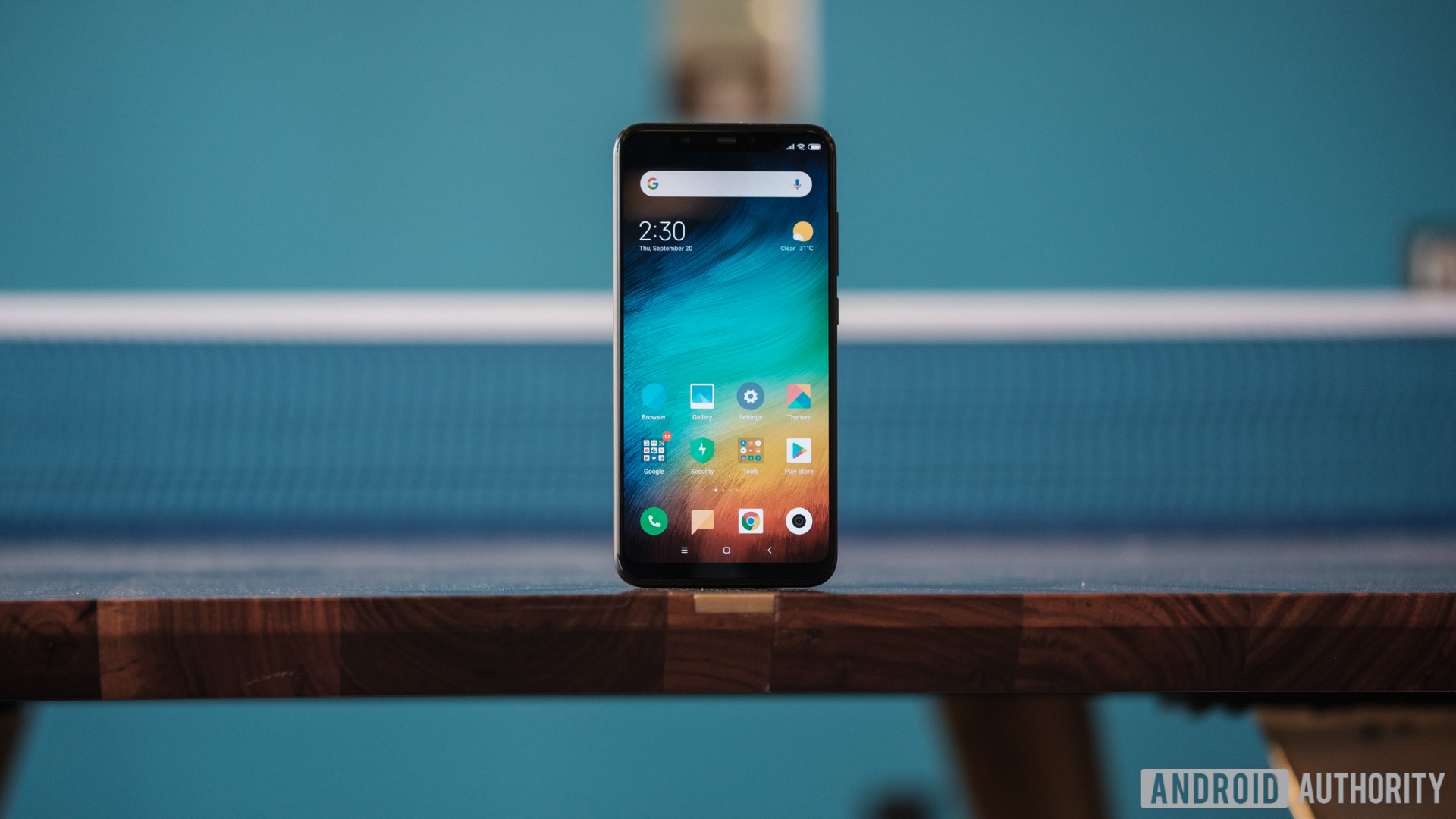
Pricing and availability
The Mi 8 starts off at 2,699 yuan (~$421) for the 6GB RAM and 64GB storage variant. The 6GB and 128GB model comes in at a 2,999 yuan (~$468) price tag, while the 6GB and 256GB model will retail for 3,299 yuan (~$515).

Final thoughts and the “Poco problem”
The Xiaomi Mi 8 is not an interesting phone, but it is a good phone. It is every bit as fast as other flagships, and only seems to add features users actually want. Now we face something I like the call the “Poco problem.”
Recently, Xiaomi unveiled a new sub-brand called Pocophone, and its first device, the Pocophone F1, shook up the industry by offering effectively the same specs as the Mi 8 at just $300. It even offers features the Mi 8 doesn’t have, like a headphone jack and an optional Kevlar shell in the special “Armored Edition.”
This offering seems fantastic, but Xiaomi could cannibalize its own device with a new, cheaper phone many would consider the better device. I wanted to know what Xiaomi thought of this, so I talked to Xiaomi product PR manager John Chan to get his thoughts.
John told me the features present in the Mi 8 are unique enough to be worth $100 to a lot of users. The Mi 8 has a glass housing, instead of the polycarbonate and Kevlar offerings on the Pocophone F1, and also offers the Super AMOLED display and face unlock. The Pocophone sports the headphone jack, microSD card expansion, and a much larger 4,000mAh battery, plus a slightly tweaked version of MIUI that offers things like an app drawer.
In my opinion, the Pocophone F1 is the better buy, without question. The features it has against the Mi 8 are much more important than the features the Mi 8 boasts against the Pocophone F1, and its $100 cheaper than the Mi 8. No phone exists in a vacuum (unless its competitors are literally unavailable in your country).
Chan thinks there is room for both the Mi 8 and the Pocophone to exist on the market, but I just don’t see it. Both devices look too similar, and I believe most users would be more interested in the Pocophone’s feature set. If the Mi 8 was the device with the bigger battery and headphone jack this split might make sense, but for now it’s just confusing. It leads me to believe Xiaomi is going to sell a lot less Mi 8’s and a lot more Pocophone’s.
If you cannot get access to a Pocophone F1, the Mi 8 is a very compelling device. I don’t like it quite as much as the OnePlus 6, but at $130 cheaper, the Mi 8 is still a very good device — especially for those who love having a say in the software they use every day.
That’s it for our Xiaomi Mi 8 review. Thoughts? Are you buying this phone or would you rather save some cash and go for the Pocophone F1?
Next: Xiaomi Mi Band 3 review: The best cheap fitness tracker?
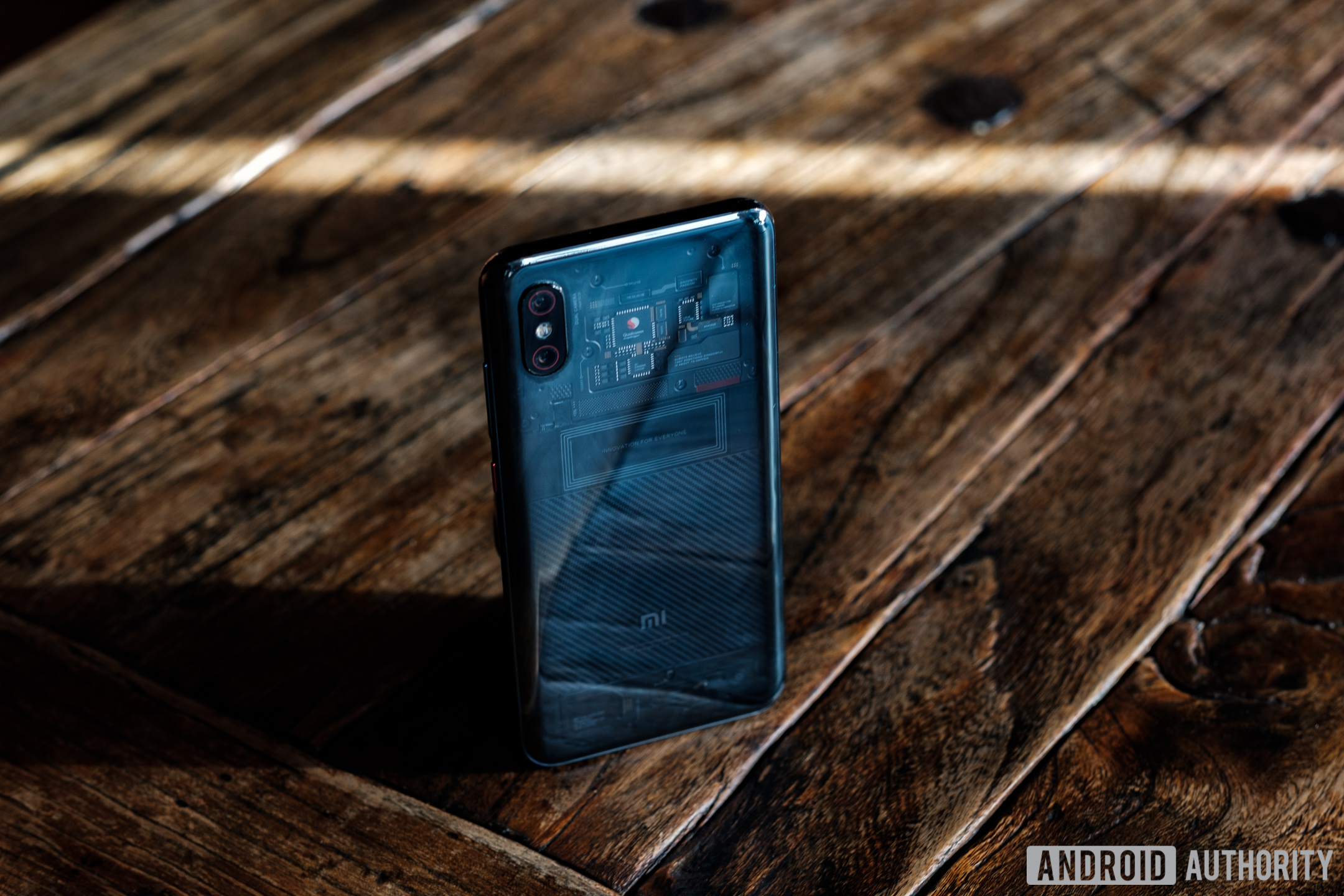

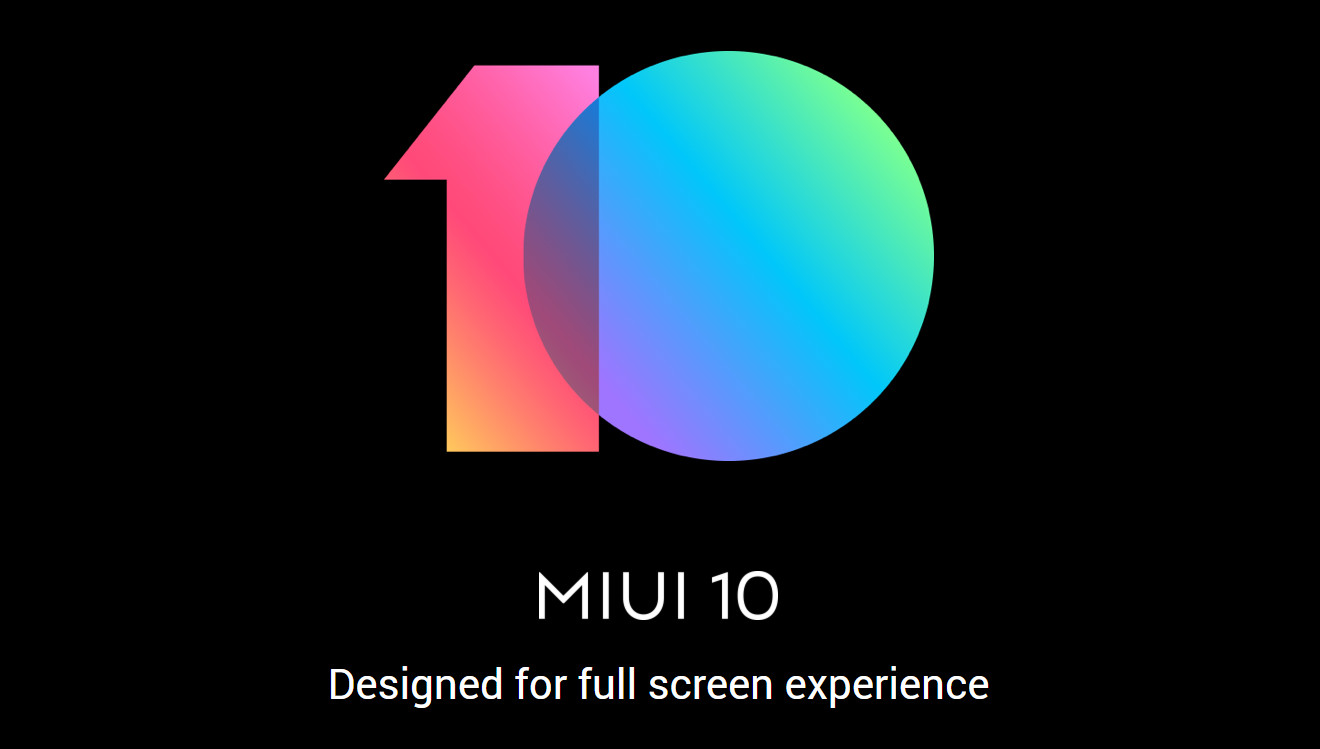
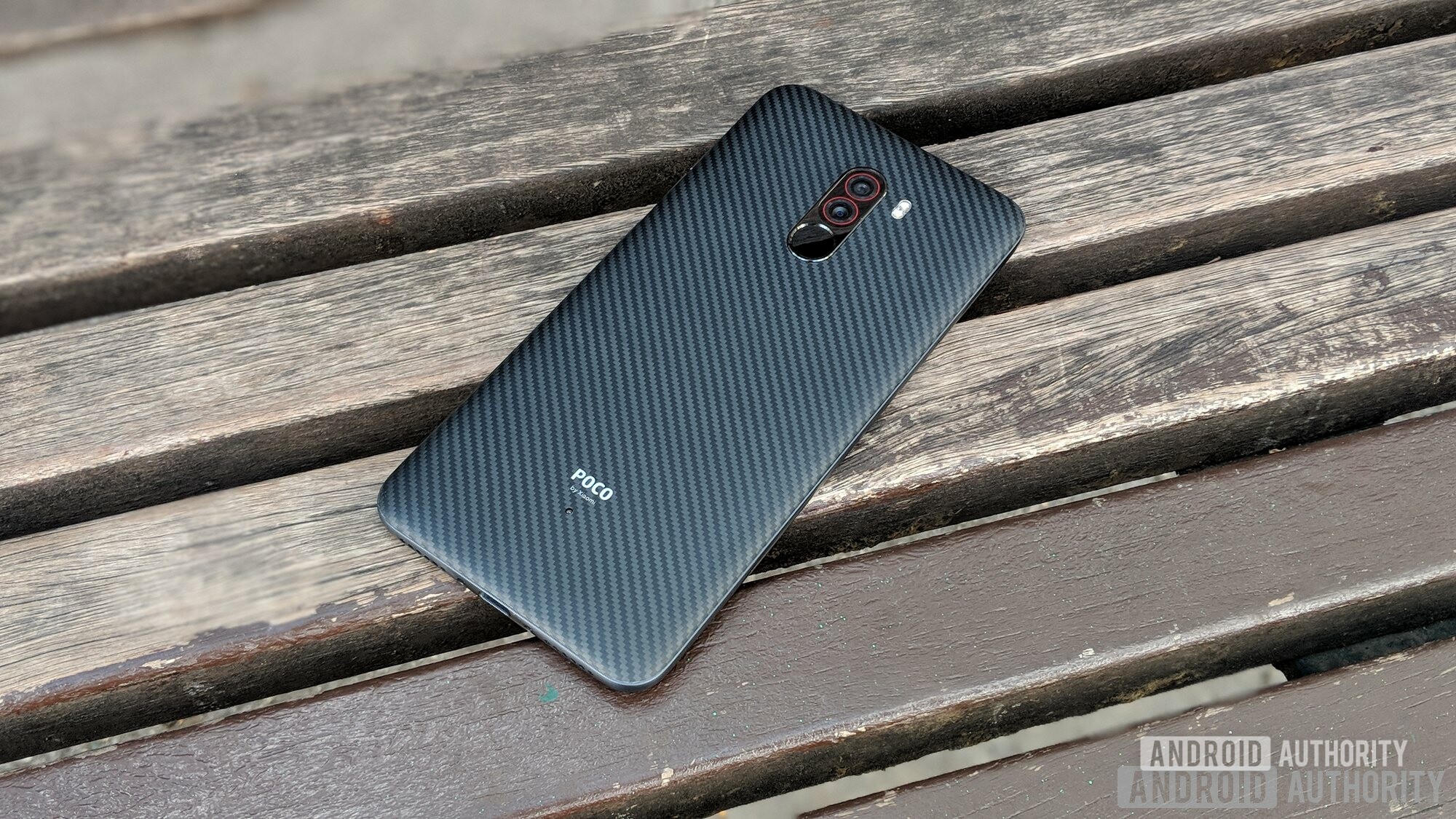
0 coment�rios:
Post a Comment